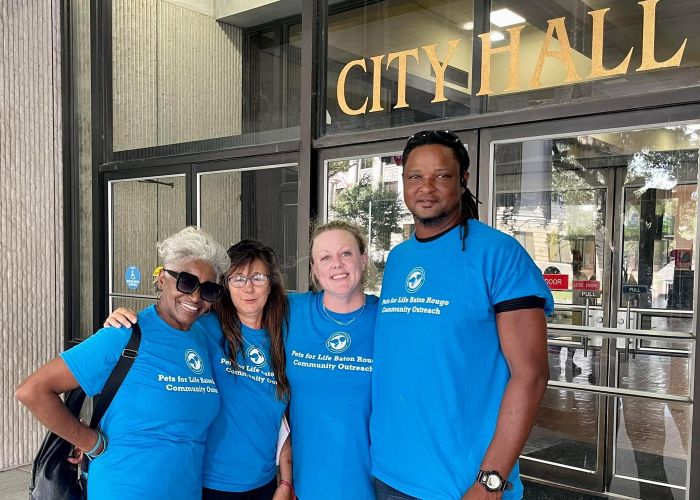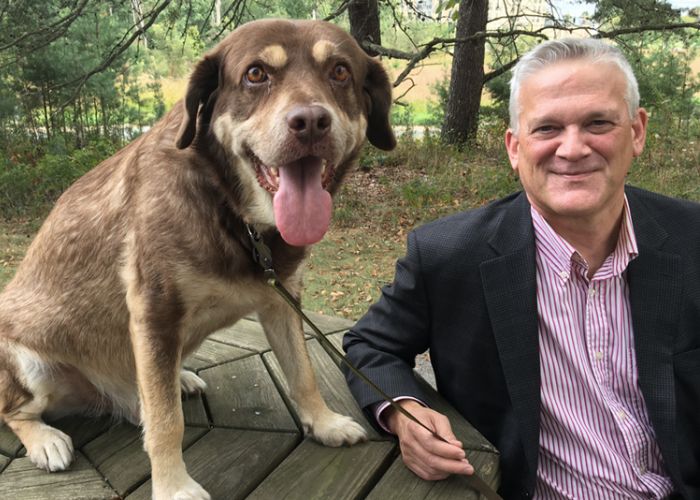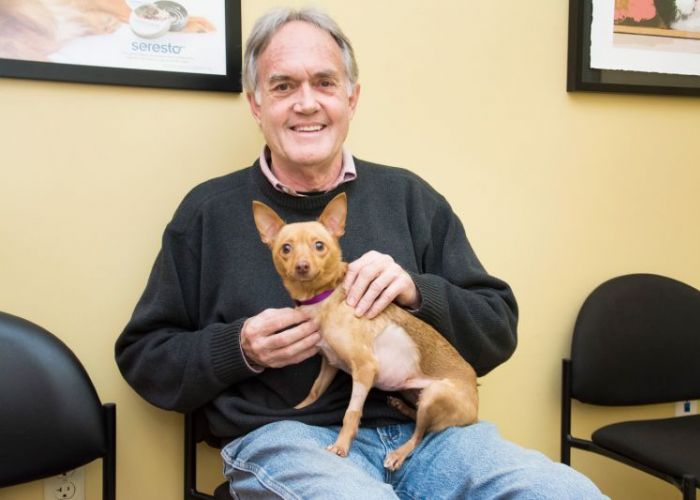The power of senior portraits
Arizona shelter uses images to promote its golden girls (and boys)
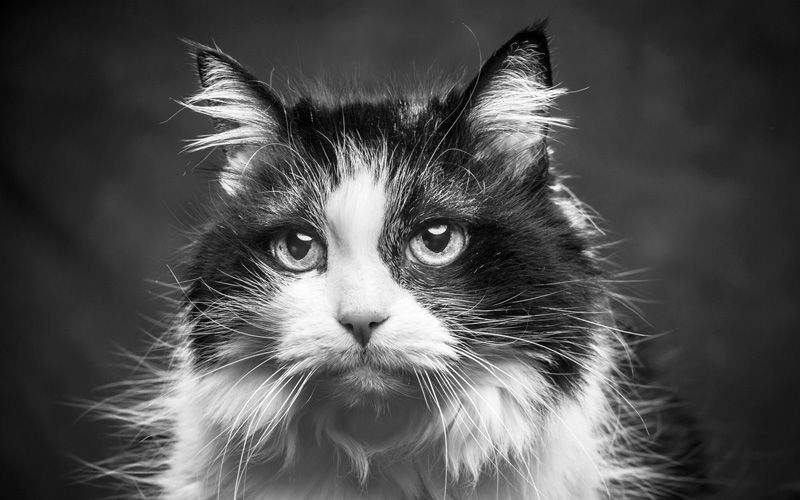
Boss, a blind American bulldog, was surrendered by an owner who couldn’t find dog-friendly rental housing. Terrier mix Missy came to the shelter after her owner passed away. Hope, a tortoiseshell tabby, was picked up as a stray, while Mila, an orange-and-white tabby, lost her home when her owner moved.
Last fall, these four animals were at the Arizona Humane Society (AHS) in Phoenix. And they had something else in common: None of them were spring chickens.
Bretta Nelson, AHS public relations manager, has a soft spot for her shelter’s senior crowd. In 2012, she adopted an 11-year-old Lab mix named Leeds from AHS. “She’s been the most amazing pet,” Nelson says of her now-15-year-old pooch.
AHS takes in about 17,000 animals a year, including many in the middle- and upper-age brackets. Last year, as November (Adopt-a-Senior-Pet Month) approached, Nelson started pondering ways to boost the profile of her shelter’s older residents.
That’s when she met Jason Millstein. An award-winning documentary photographer whose work has appeared in Time and Rolling Stone, Millstein had recently adopted a middle-aged pooch named Ella from AHS, and he wanted to volunteer his talents to help more pets.
A few weeks later, Millstein was back at the shelter, photographing some of the older dogs and cats who had been waiting for homes the longest. What resulted was 12 black-and-white images that “capture that moment where you feel you can look into the soul of the animal,” says Nelson.
For Millstein, all the animals had something special, but the one who stood out the most was 8-year-old Boss. “It seemed that Boss knew something. He was just sweet and kind. Even though he was blind, he was sort of helping people get past whatever their issues were,” he says.
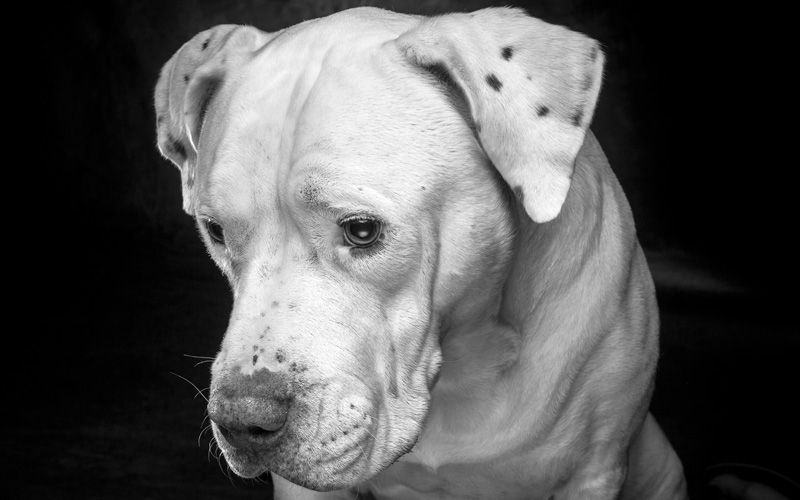
In November, the photos were displayed at the AHS-sponsored “Down the Road” art exhibit, which attracted more than 150 attendees. “Our donors thought it was different, unique,” says Nelson. “We’ve been in the Valley since 1957, and we hadn’t done anything quite like that.”
Best of all, she adds, was the amount of media attention the project attracted. She and Millstein appeared on four local TV shows, where they talked about the perks of adopting older pets.
By the end of January, all of the dogs and cats featured in Millstein’s portraits had found homes, including Boss, who was adopted by an AHS staff member. While it’s not clear how many adoptions were a direct result of the photos, Nelson feels sure they made an impact. “It’s that extra little vibe in the air that helps them out,” she says.
Now working on a documentary series about AHS’s emergency response team and other programs, Millstein says that the senior pet promotion had an effect on him as well. He’d been feeling a bit stagnant in his work before he began volunteering with AHS. Photographing animals helped get him “out of a rut” and allowed him to contribute to something close to his heart.
“There’s just something about them,” he says of senior pets. “Nobody should grow older and not have love on a regular basis.”


